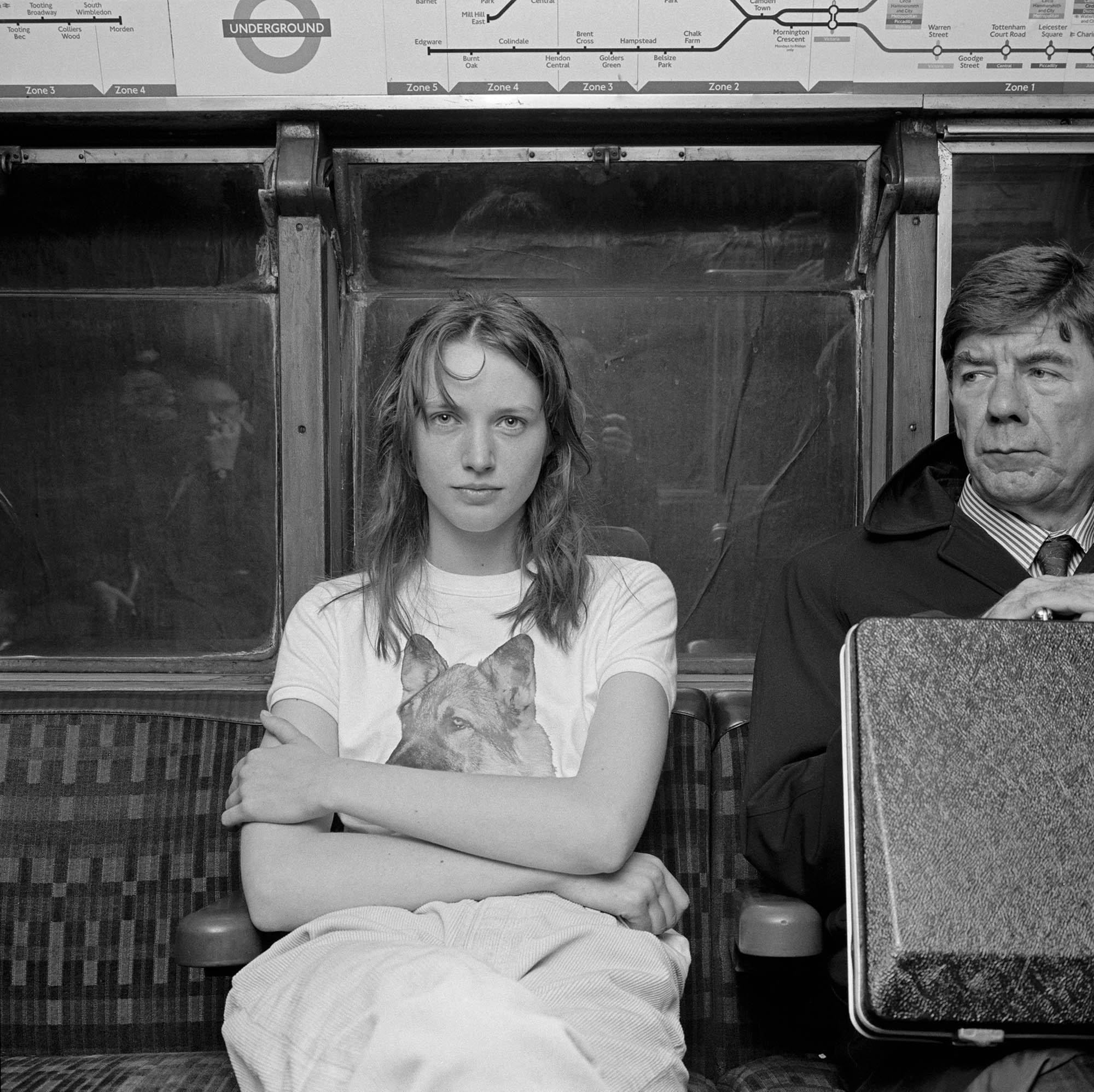Nigel Shafran navigates the turbulent world of fashion photography
T-shirty, London Underground, 1991 © Nigel Shafran 2022 courtesy Loose Joints.
Source:
Air Apparent, American Vogue, 2019. "The stylist had a large trampoline, but when Gigi jumped on it she stayed up in the air for far too long, and I had too much time to take a picture. The trampoline was too professional. We bought a cheaper one, and it made all the difference, her going, 'boing, boing, boing'. That’s the first frame by the way." © Nigel Shafran 2022 courtesy Loose Joints.
Source:© 2022 - 1854 MEDIA LTD